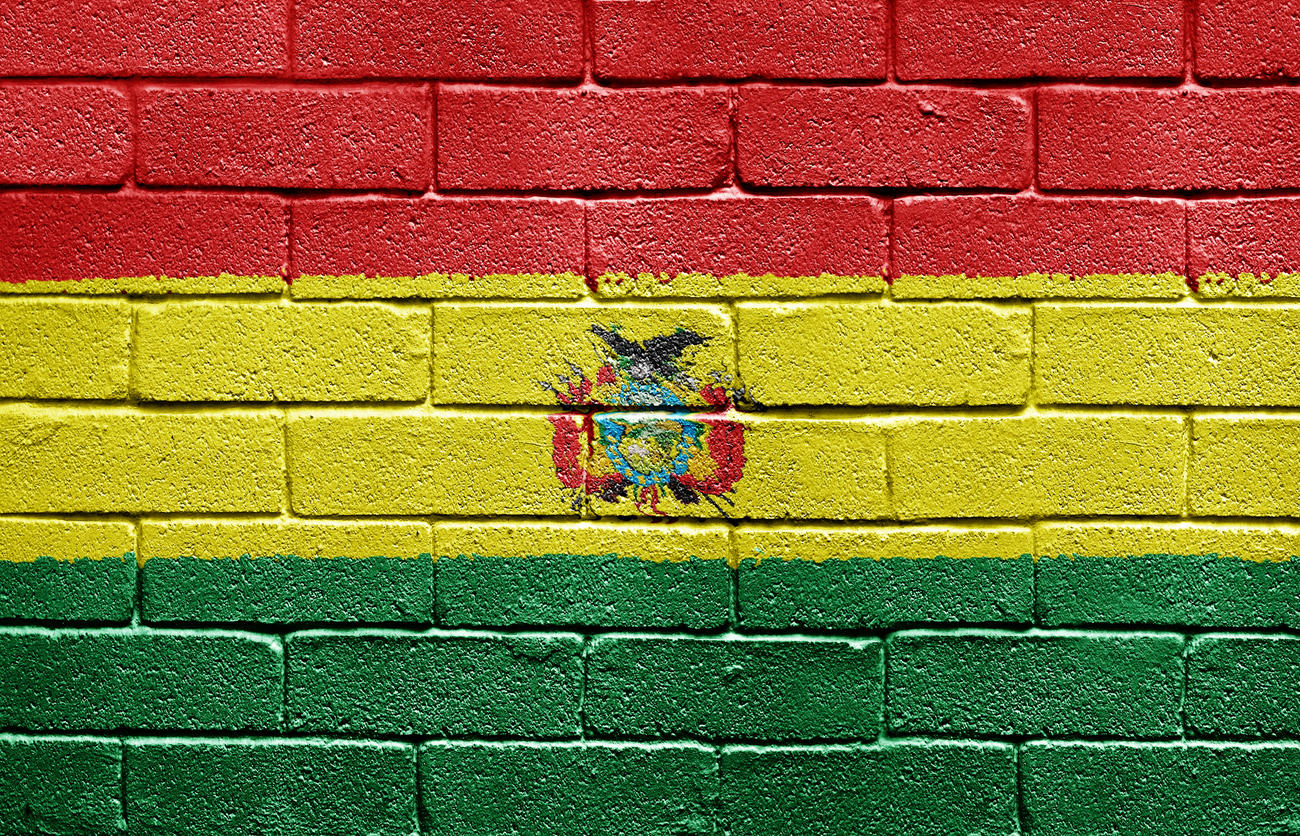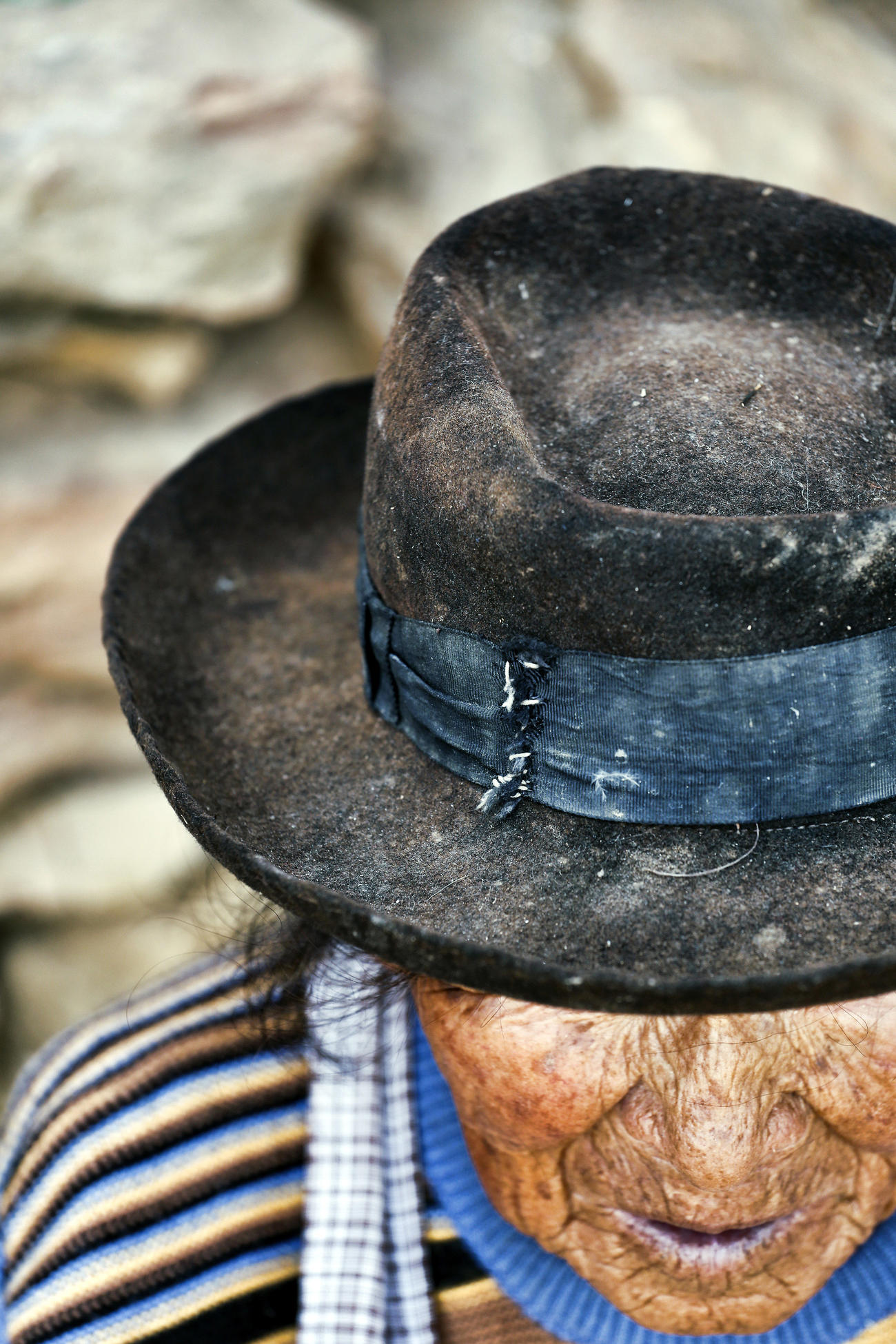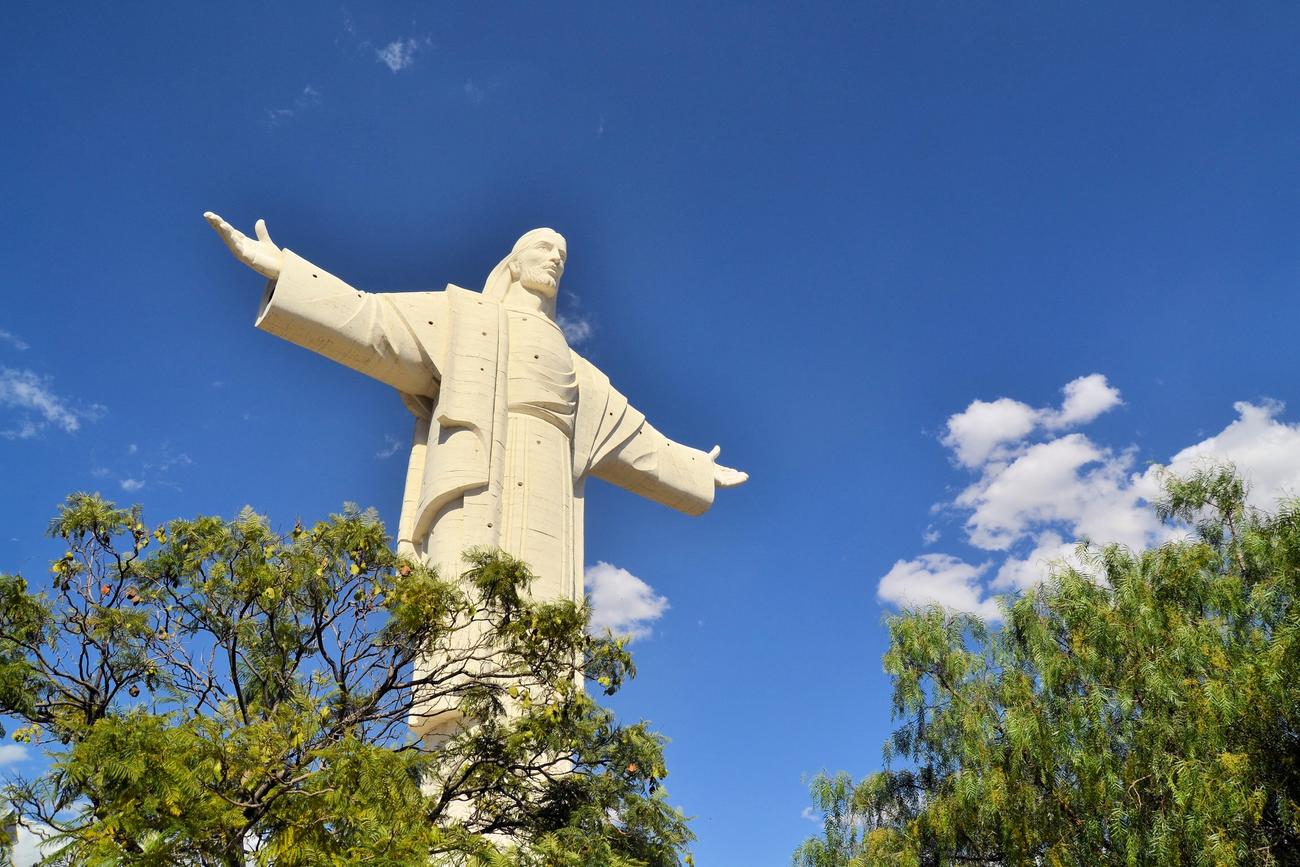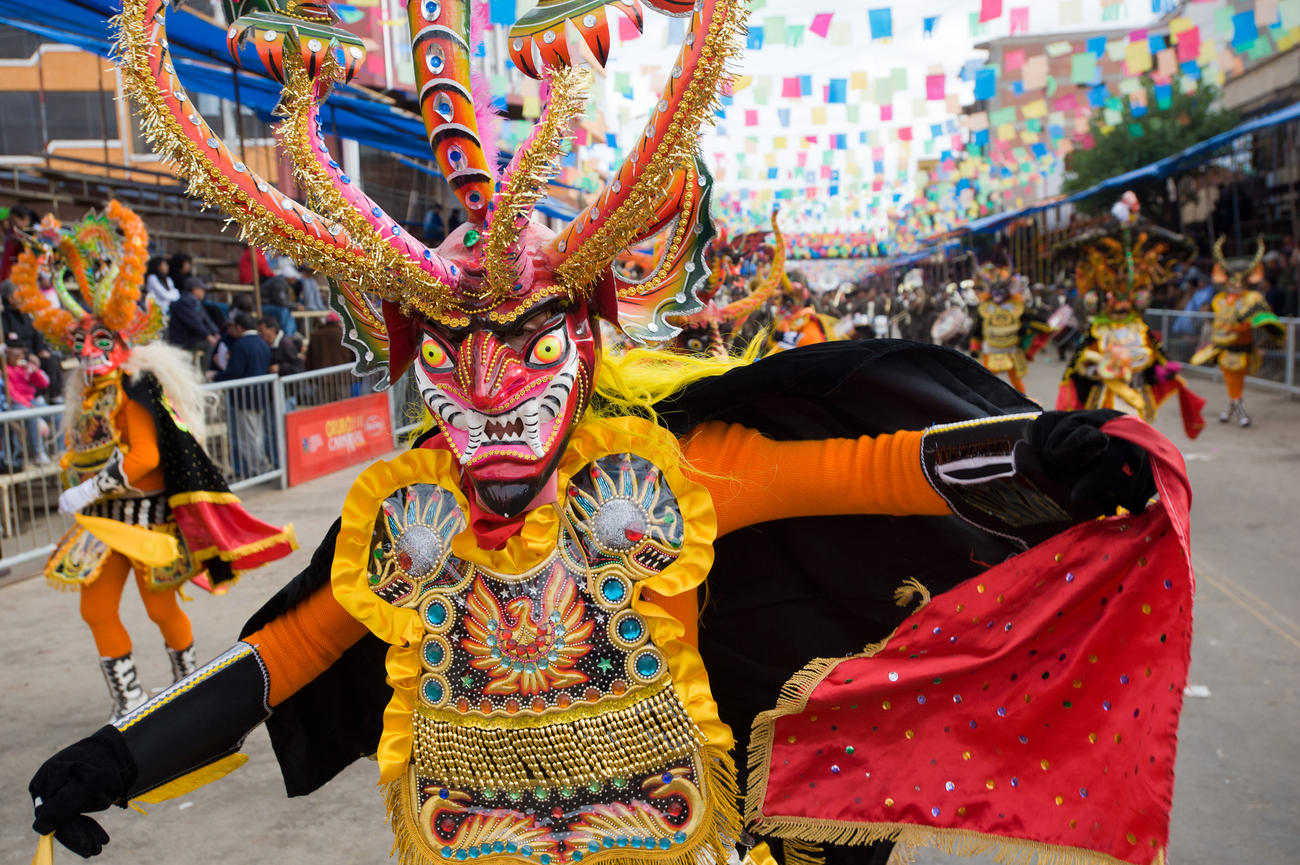Here are ten facts to demystify one of South America’s best kept secrets, breath-taking Bolivia…
- The country was first named ‘Republic of Bolívar’ after independence leader Simon Bolívar. Its official name was changed in 2009 to ‘Plurinational State of Bolivia’ to reflect the country’s multi-ethnicity.
- Etiquette: Slumping is considered very rude in Bolivia. Likewise is turning up on time; as a guest it is good practice to be 15-30 minutes late. Further, shaking your hand side to side, palm side down, is the “so-so” gesture to mean “no” whilst lama foetuses are considered good luck!
- Bolivia has lost almost half its land to neighbours, particularly after The War of the Pacific (1879-1883), leaving it landlocked.
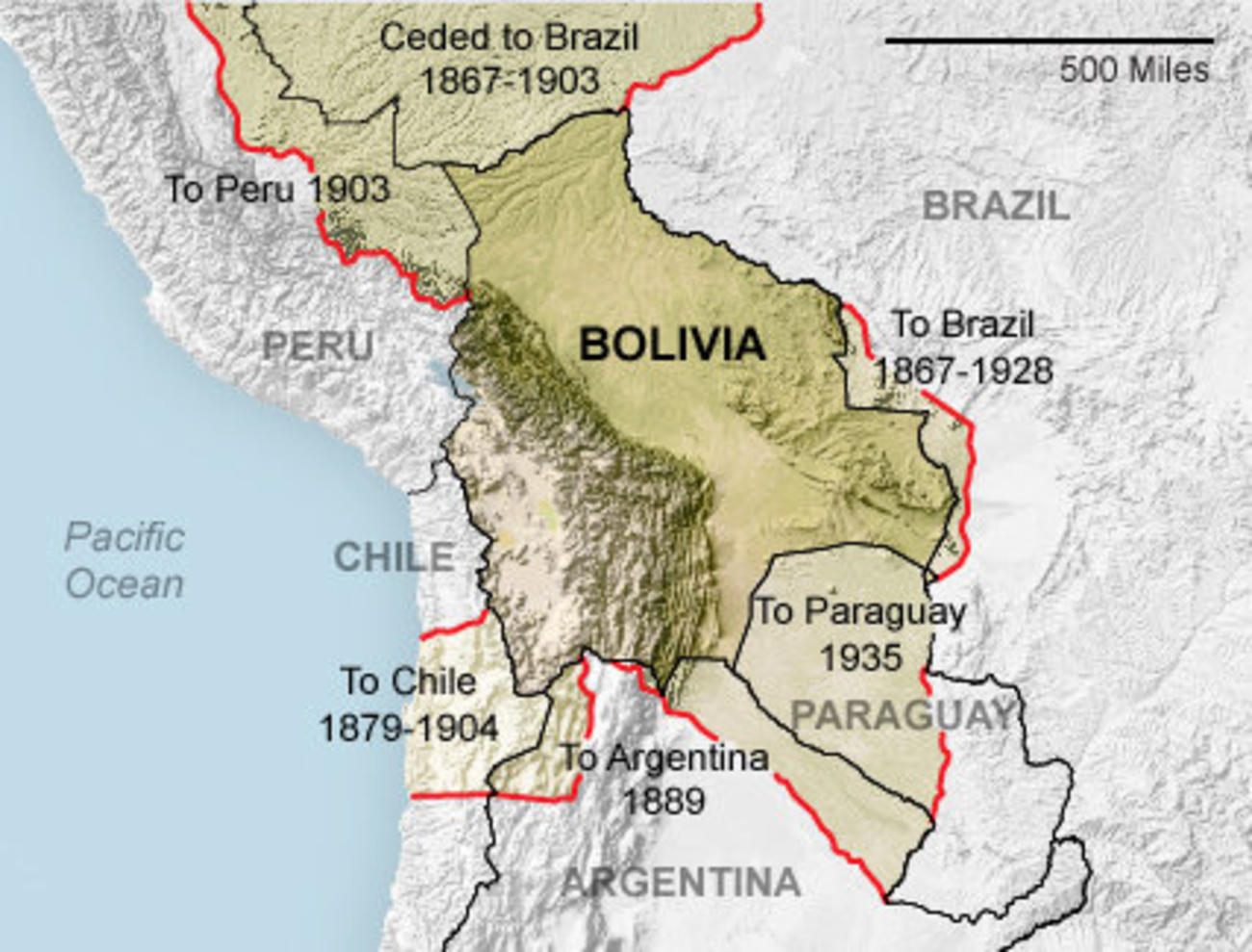
(Photo: Burgess/The New York Times)
